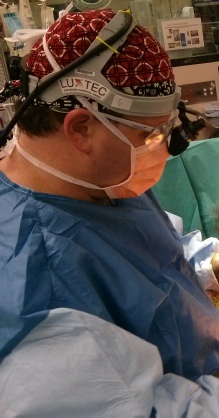
Mr Russell Hodgson

Copyright © 2017 Mr Russell Hodgson HPB and General Surgeon, Melbourne, Australia
Appointments/Enquiries: 9456 9511
Specialist HPB and General Surgeon

The pancreas is an organ with 2 major functions. It is mostly comprised of acinar cells that create enzymes and fluid to help digest food (exocrine function), and has small clusters of islet cells that produces a variety of hormones (endocrine function), the most common of which are the hormones that regulate sugar in our bloodstream: insulin and glucagon. The most common cancer of the pancreas arises from the acinar cells (adenocarcinoma) and is described here. Cystic tumours of the pancreas are rare forms of pancreatic cancer and are described here. Tumours that arise from the islet cells are called Neuroendocrine Tumours. Approximately half of the patients with neuroendocrine tumours have genetic mutations that run in families and are predisposed to these tumours.
NETs are generally less aggressive than adenocarcinoma, with some tumours benign (no malignant/cancerous potential) and are more likely to be detected earlier as symptoms can develop from the hormone secreting nature of the cells. The treatment depends on the size, likely malignant potential, whether the tumour is producing abnormal levels of hormones, and location within the pancreas. Potential operations include keyhole surgery (laparoscopic surgery), or open surgery removing part of the pancreas, or sometimes just the tumour itself (enucleation).






